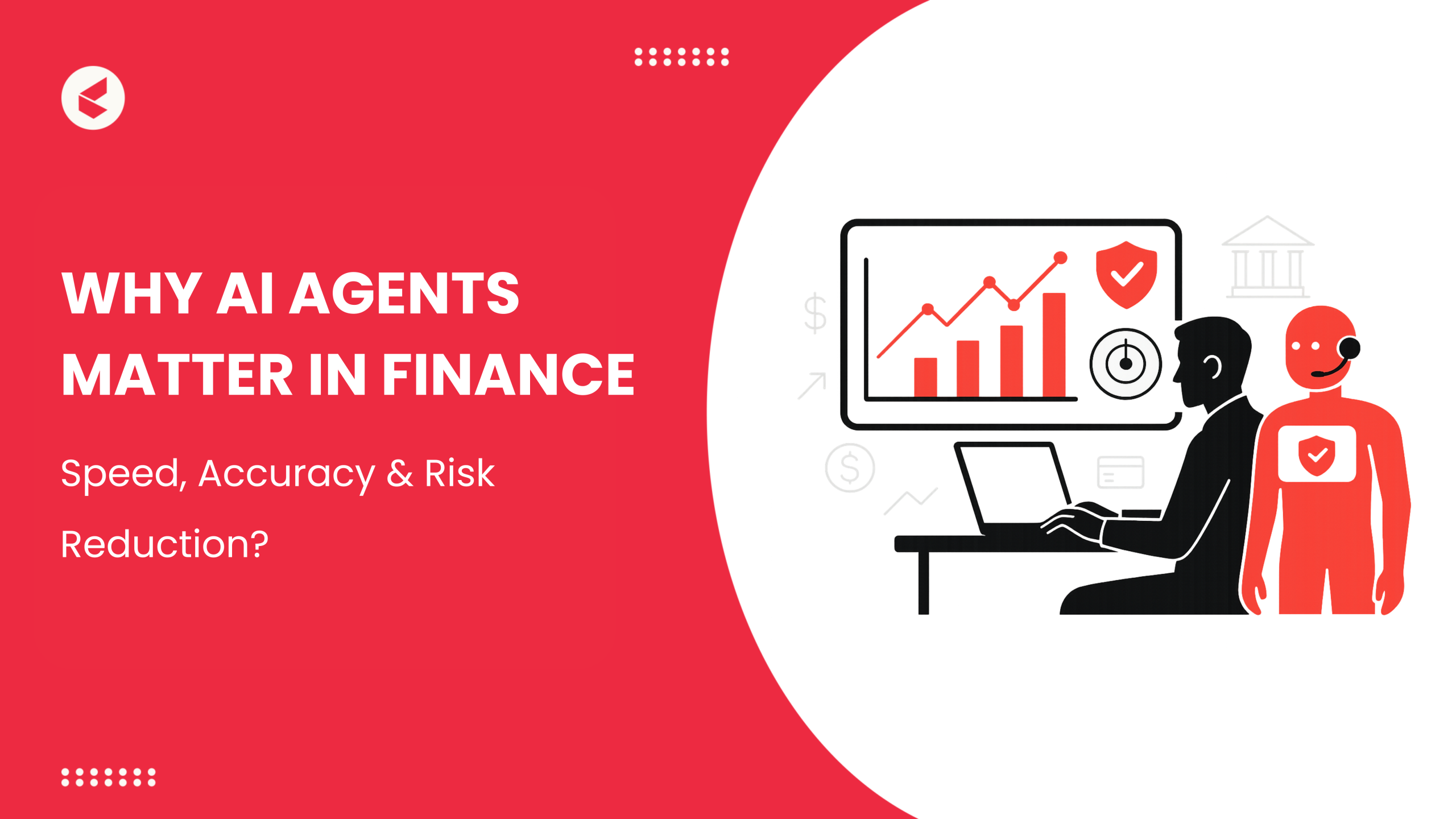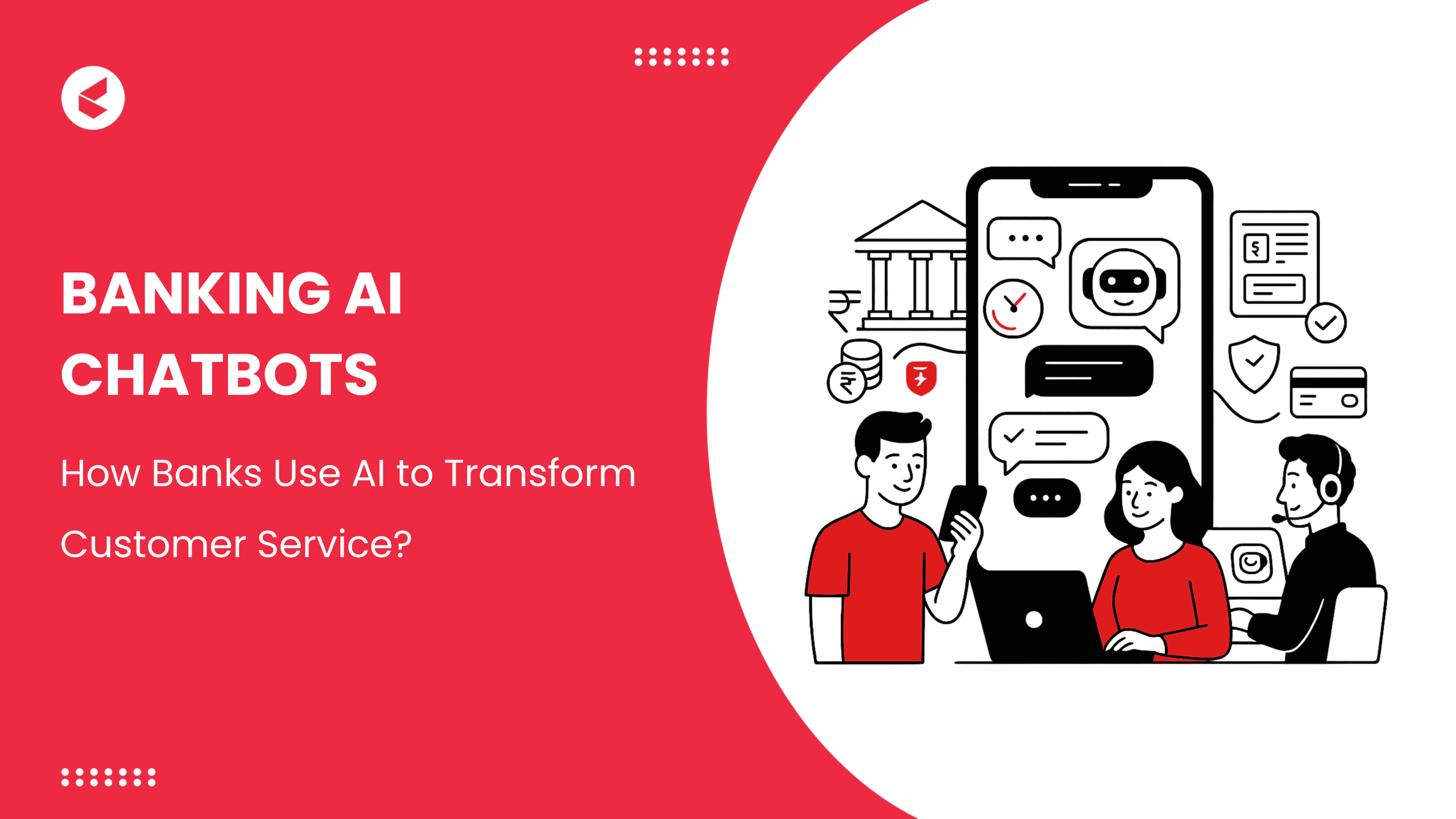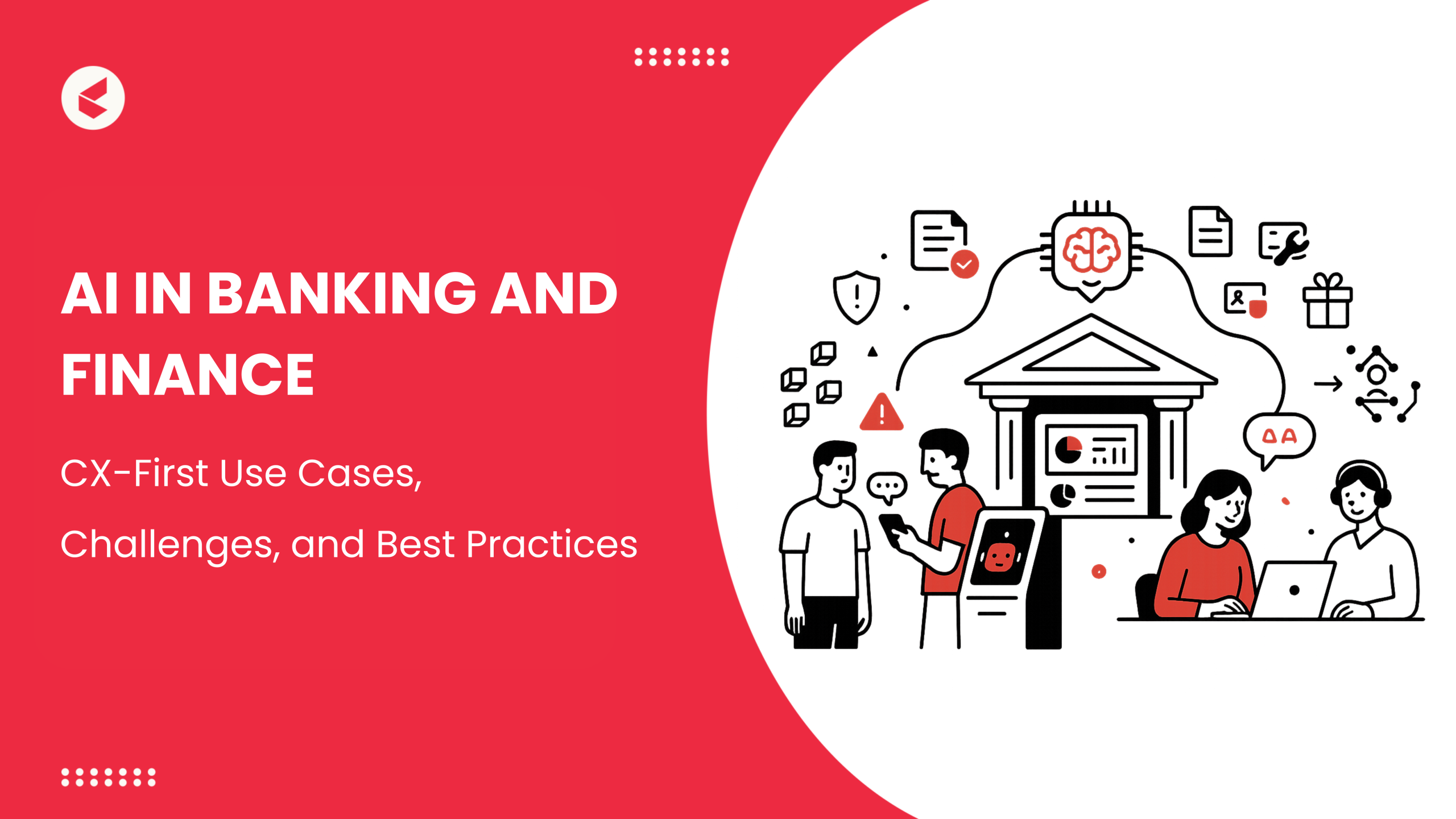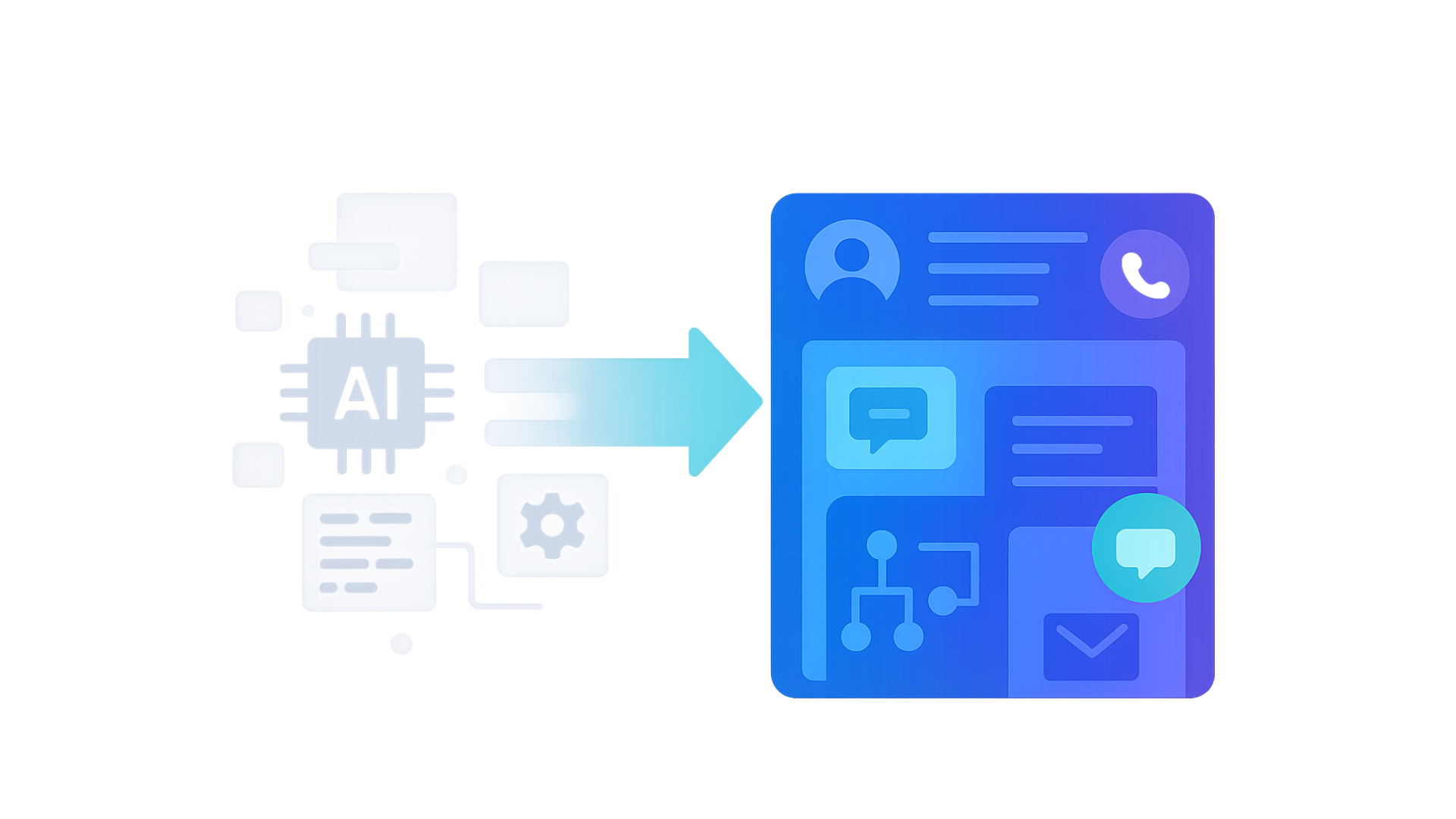Your employee pastes a client’s financial data into ChatGPT.
Just a quick prompt to speed up reporting, right?
What feels harmless in the moment could expose your business to data leaks, compliance violations, or even regulatory fines. And here’s the catch: it’s already happening everywhere.
According to a study by Software AG, half of employees already use shadow AI tools in their daily work. “Shadow AI” is the label often given to artificial intelligence tools adopted informally inside organizations. Employees pick them up because they’re free or convenient, but the speed of adoption comes with trade-offs.
When AI tools are used without proper checks, they can expose sensitive data and make compliance harder to enforce.
Analysts at Gartner have even cautioned that unchecked use of large language models could become a real threat inside enterprises. They recommend CISOs set up safeguards such as monitoring, training programs, and content filters to keep things under control.
Even everyday apps meant to boost productivity, like AI plug-ins for Chrome or GPT features in Slack, may create risks if they’re adopted without review.
This raises some urgent questions: why is this happening so quickly, what dangers does it create, and what steps can organizations take to protect themselves? In this blog, we will read all we need to know about the explosion of Shadow AI.
Everyday Gateways to Shadow AI
Many workplaces see shadow AI slip in through routine habits that seem harmless initially. Overlooking these actions can open the door to security gaps and compliance problems. Without IT’s knowledge, there is often no record of usage or any formal approval.
1. ChatGPT Copy-Paste
Employees frequently paste proprietary code, internal communications, or meeting notes into ChatGPT or similar platforms. Since these exchanges don’t produce traditional files or logs, they fall outside standard monitoring systems.
2. Unsanctioned Chrome Extensions
AI-powered Chrome extensions often market themselves as tools to get things done. In many cases, they ask for permissions that let them read cookies, track browsing activity, or view open tabs.
According to a Carnegie Mellon University study, 30 widely downloaded extensions on the Google Chrome Web Store were thought to be malicious in December 2024.
3. AutoGPT and Local AI Agents
Autonomous agents like AutoGPT can run locally on a laptop, breaking tasks into smaller steps and completing them without constant input. While this speeds up workflows, it introduces activity that is untracked and can quietly interact with company systems.
The Risks of Shadow AI in Modern Organizations
Shadow AI may improve productivity at first, but its hidden nature creates vulnerabilities that are difficult to detect until real damage occurs.
1. Data Leaks
Using personal ChatGPT accounts or unapproved AI tools can result in sensitive data, such as client information, financial figures, or business plans, being shared with external servers, leaving organizations blind to potential exposure.
2. IP Exposure
Sharing internal reports, source code, or product strategies with untested AI platforms takes away control over data storage and usage. That loss of oversight can erode IP protections and expose trade secrets or breach confidentiality.
3. No Audit Trails
Because shadow AI operates without proper logs, teams may not know who handled information, the moment it was exchanged, or the way it was used. The missing traceability makes audits slower, complicates regulatory checks, and undermines responsibility.
4. Hallucinated Decisions in Workflows
AI-generated responses may sound convincing while still being incorrect. When these unchecked outputs influence business workflows or guide decisions, they can introduce errors, expose the company to regulatory risks, and harm its public image.
Shadow AI Governance: First Steps Toward Control
Organizations are starting to realize that shadow AI requires targeted controls rather than relying on general IT policies. While many governance programs are still in early stages, several approaches are already helping to bring visibility and structure to AI use without blocking productivity.
1. AI Usage Policies
A well-defined AI policy lists approved tools, details how sensitive data should be managed, and clarifies what counts as proper use.
The policy explains how to protect private data and keep company information secure. It also sets rules for how AI should be used in daily work.
This reduces risk but still leaves room for teams to work in a flexible way. In many companies, these rules are written together by technical staff and business managers so they are practical and easy to apply.
2. Red-Teaming
To protect AI systems, security teams are starting to run red-team exercises. They imitate real-world attacks, including prompt injection and attempts to extract data without approval.
This process helps uncover weaknesses and improve both system design and safeguards. A range of specialized tools is available to carry out these tests and keep watch on systems over time.
3. AI-Specific DLP Solutions
Most traditional data loss prevention tools are not built to manage how AI systems process information. AI-specific DLP solutions address this by reviewing inputs and outputs, blocking sensitive material from being sent, and generating alerts if policies are violated.
Many organizations now consider this type of control essential for effective AI governance.
Building Guardrails Against Shadow AI
By moving beyond a purely reactive approach, organizations can put structured controls in place that encourage new ideas yet maintain oversight of potential risks. The following approaches are among the most practical ways to create strong guardrails for AI use.
1. Whitelisted AI Tools
An approved list of AI tools gives employees clear guidance on which platforms meet the company’s security and compliance needs. These selected tools often have features that block prompt injection attempts and enforce strict data handling standards.
Having a formal approval process also allows the organization to track usage and reduce the risk of unvetted applications.
2. Enterprise Prompt Routing
Controlling how prompts are sent and processed helps manage the flow of sensitive information. Prompt registries or similar systems can store approved prompt templates, track their usage, and enforce compliance requirements.
This approach improves visibility into AI interactions and ensures consistent, policy-aligned use of prompts across teams.
3. Monitor and Sandbox Untrusted AI
Sandboxing gives teams a safe space to trial new AI agents or workflows in isolation, keeping production systems protected from potential disruptions. Tools like Modal and E2B provide containerized or virtualized environments for safe testing. Some platforms, such as Zenity, also monitor agent activity and alert security teams to actions that could indicate risk.
4. Role-Based AI Access
Assigning AI permissions according to user roles ensures that sensitive capabilities are limited to trained or authorized staff. This reduces the likelihood of misuse while still allowing wider access for lower-risk functions, maintaining both control and usability.
Why Shadow AI Demands Action Now
If staff work with AI tools without IT knowing or approving, the company takes on avoidable risk. Without a unified strategy for AI, this gap can weaken data protection, compliance measures, and overall operational control.
Kapture EX offers a structured way to harness AI safely. With role-based permissions, prompt redaction, and full token-level audit trails, every AI interaction is secure, traceable, and policy-aligned. These safeguards ensure sensitive information remains protected while keeping the business audit-ready.
Meanwhile, employees gain from AI assistants that streamline routine tasks, integrate with familiar tools, and support departments like HR, IT, and finance. This reduces noise in their workflow and allows them to focus on work that creates real value.
With a structure that balances oversight and user experience, Kapture EX prevents pitfalls like data leaks and regulatory missteps, yet still makes room for productivity and efficiency improvements driven by AI.
See how Kapture EX can fit your workflows, meet your security needs, and address your team’s AI challenges by booking a personalized demo today.
FAQs
Shadow AI is the term for AI tools or applications that employees bring into the workplace without going through official approval channels. They may be adopted to solve immediate problems, but they often fall outside IT or compliance frameworks.
Unapproved AI tools can introduce vulnerabilities. They may expose confidential data, lead to gaps in regulatory compliance, and produce inconsistent outcomes that make processes harder to manage.
Businesses can uncover Shadow AI by conducting regular audits, monitoring app usage, and engaging with employees to understand what tools they rely on. Clear policies and open communication make it easier to identify and manage unauthorized AI use.
It applies role-based access controls, prompt redaction, token-level logging, and private cloud hosting for AI models to maintain compliance and audit readiness.
They can handle tasks such as ticket management, scheduling, document searches, onboarding workflows, and multi-application process execution across platforms like Outlook, Slack, ERP, and HRMS.













